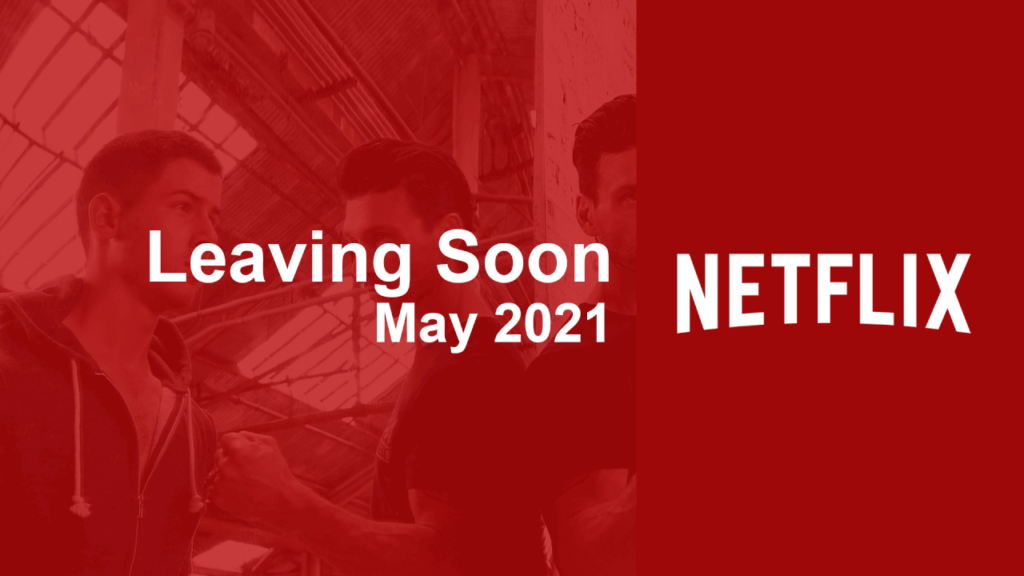“Growth mindset” seems to be a phrase on every single organization leader’s intellect these times, popping up everywhere from Twitter feeds to formal management initiatives. But despite its ubiquitousness, it looks that a lot of folks misunderstand the genuine which means of a expansion mentality, and what expansion mindset in organization suggests.
Progress Attitude in Business
Creator and Stanford College professor Carol Dweck coined the expression in her 2006 reserve Way of thinking: The New Psychology of Achievement. As she writes for Harvard Organization Evaluate,
“[P]opularity has a selling price: people today from time to time distort thoughts, and for that reason fall short to reap their gains.”
But when properly recognized and correctly cultivated, a advancement attitude has demonstrable advantages in company, including additional trust involving colleagues, boosted morale, and elevated innovation. According to Emeritus, folks who function at corporations with a expansion attitude are 65% extra likely to say that their organization promotes hazard-taking—and without having risks, there is no innovation.
At my corporation, Jotform, accomplishing our very best to realize a growth mindset has served us to navigate the pandemic and lean into experimentation and adjustment through fast evolving situation. Owning started my business over 16 a long time in the past, I’m significantly confident that a determination to ongoing discovering is not just a gain but also a requisite for accomplishment.
It’s truly worth getting a nearer glance at investigation-backed methods for cultivating the way of thinking needed to expand your small business currently. But what does “growth mindset” genuinely indicate according to the term’s creator?
Growth Mentality in Motion
A ten years just after the publication of her groundbreaking ebook, Dweck made a decision to established the file straight on expansion mindset. Summing up the findings of her analysis, Dweck explained in Harvard Company Overview that men and women with a advancement state of mind consider that their talents can be created by means of tricky function, very good strategies, and input from some others.
“They tend to accomplish a lot more than those with a extra fixed mindset…because they fret much less about wanting smart and they put much more energy into discovering.”
On an organizational degree, having a progress frame of mind indicates that staff members really feel much more empowered, dedicated, and acquire higher guidance for collaboration and innovation. More on what that seems like in apply beneath.
A startling locating from Dweck’s analysis is that personnel of set-state of mind corporations report a lot more of just one particular matter: cheating and deception amongst employees. Even though this kind of dog-take in-dog culture might direct to limited-time period gains, it in the end prospects to a fewer collaborative and, thus, significantly less modern group in the very long expression.
Due to the fact what transpires when workers come to feel a lot less rely on and determination? There is a immediate effects on organizational productiveness, work satisfaction, and staff turnover—in other words, these factors can make or split your corporation.
Importantly, all mindsets exist on a spectrum. There is no this kind of factor as a purely mounted or growth frame of mind. “Everyone is essentially a mixture of set and expansion mindsets, and that combination frequently evolves with practical experience,” observed Dweck.
Ideas for Cultivating a Growth Frame of mind in Your Corporation
Down below are a handful of ideas for nudging your way of thinking toward the growth facet of the spectrum.
1. Lead by Illustration
The world’s most effective companies acknowledge the value of a growth mindset—and that it will come from the prime-down. They make it no solution that their leadership workforce is fully commited to ongoing progress and discovering.
Choose Canva, the Australia-based graphic style platform that was recently valued at $40 billion and goes toe-to-toe with company giants like Adobe. Co-founders Melanie Perkins and Cliff Obrecht, who to begin with established out to build a school yearbook corporation, have learned tons during their meteoric increase to worldwide success.
“He’s extremely adaptable,” Perkins mentioned of her co-founder in an job interview with Money Evaluate. “We get difficulties just about every day that we have not dealt with prior to, and he’s genuinely fantastic at studying although he’s problem-fixing.”
This kind of transparency sends a distinct signal to Canva’s 2500-in addition staff members: no one’s information and skillset is a fixed entity we are all studying as we go.
Or take into account modern information from Airbnb that CEO and co-founder Brian Chesky would commit the subsequent yr dwelling in Airbnbs across the state to study about and improve the expertise for the company’s customers—increasingly digital nomads.
Soon after a rough extend in the course of the pandemic, when variations in the journey sector compelled Airbnb to slice its workforce by 25%, the company’s determination to ongoing learning—to modify to switching conditions and continue being relevant—is a prime case in point of a development attitude in motion.
By admitting that we have space to improve and check out, we build for ourselves and our organizations new options
2. Stimulate Processes That Encourage Discovering
Publishing a tweet or an organizational manifesto that outlines your dedication to a growth mentality is not more than enough. To cultivate a development mindset, you can’t just talk the chat.
So, how do you wander the walk?
As Dweck notes,
“It’s vital to reward not just hard work but finding out and development, and to emphasize the processes that produce these items, such as in search of help from other people, making an attempt new procedures, and capitalizing on setbacks to shift ahead proficiently.”
Make and encourage channels for colleagues to seek enable from a single a different. Acknowledge wins but also failures, and establish the teachable moments.
When Microsoft CEO Satya Nadella took the helm in 2014, he led his enterprise again to relevance by shifting from a “know-it-all” tradition to a “learn-it-all” culture. To cite just one illustration: in monthly video clips, Nadella shared his top rated lessons and encouraged staff members throughout the firm to share theirs.
Create techniques that develop an atmosphere of threat-getting and experimentation. At Jotform, we host weekly Demo Days that give workers a probability to share what they are working on and believe by way of their most recent thoughts, no matter of how much-fetched. By concentrating on the approach, not the success, we goal to create a house for unbridled innovation.
In the words and phrases of trader and former AngelList CEO Naval Ravikant,
“In the present day globe, really do not minimize your challenges – maximize your possibilities.”
3. Really encourage Cross-Area Collaboration
Though the new increase in remote get the job done has resulted in several positive aspects for some teams—like slashed commuting time, amplified familiarity between colleagues, and a lot more time with family—one of the unintended outcomes has been more company silos. In short, that indicates fewer conversation between staff throughout departments.
Why is this so problematic?
You do not know what you really do not know, as they say. Not only can personnel maximize their studying prospective by exchanging thoughts with other departments, but they can also identify untapped potential.
“Organizations with expansion mindsets recognize that an employee’s entire probable could not be right away evident,” highlights Emeritus.
One way that my firm tries to split down silos is by organizing our workers into cross-useful groups. Every team operates like its individual mini-firm, and the results are very clear: boosted enthusiasm, much more creative imagination, and remarkable momentum.
In actuality, McKinsey found that the companies that observed improved general performance for the duration of the pandemic “increased their reliance on networks of modest, empowered, cross-silo groups by 61 p.c.”
Empower these small, cross-practical groups, then get out of their way and allow them do their finest collaborative perform. Finding out alternatives will crop up organically.
4. Invest in Schooling
Finally, providing staff with abilities instruction isn’t a corporate perk, it’s an very important.
As McKinsey observed, relocating forward, the most prosperous corporations will invest in reskilling and upskilling their present-day talent pool with both formal teaching and informal apprenticeship and mentoring.
This is in particular crucial with the arrival of automation and other new technologies. McKinsey points out,
“When 50 percent of a position is automated, the way to capture that price is to evolve the operate, developing new complete-time roles that usually call for new talent sets.”
Aside from the cold-tricky skill acquisition, investing in your people’s education and improvement indicators to workers that their group sights them as evolving experts with boundless opportunity.
Closing Ideas
We all have a expansion mentality to a specified extent—and at the similar time, we can all cultivate much more. With any luck ,, the previously mentioned tactics will assist your business to advertise the sort of development frame of mind envisioned by Dweck herself.
Showcased picture credit rating: DocuSign by way of unsplash.com




